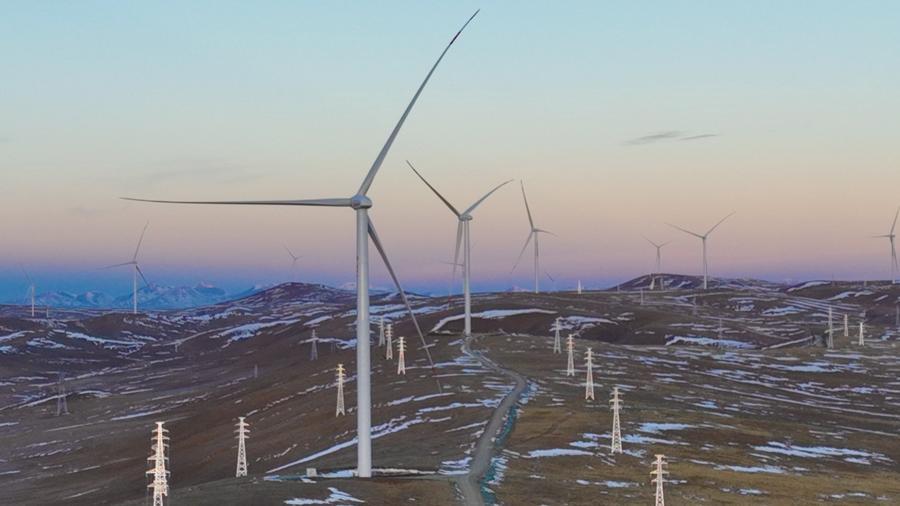PARIS, Oct. 16 (Xinhua) -- Clean energy growth and shifts in the global economy are poised to slow energy demand growth, bringing the world to a pivotal point where demand for fossil fuels will peak by 2030, the International Energy Agency (IEA) said on Wednesday.
In its World Energy Outlook 2024, the IEA emphasized that the clean energy growth is strong enough to meet the global increase in energy demand post-2030, entirely through renewable sources.
The IEA points out that an electrified, renewables-dominated energy system is far more efficient than traditional fossil fuel-based systems where much energy is lost as waste heat.
In 2023 alone, more than 560 gigawatts (GW) of new renewable energy capacity was added globally, with investments in clean energy projects nearing 2 trillion U.S. dollars annually - almost twice the amount being spent on new fossil fuel supply.
The report praised China's contribution, noting that the country accounted for 60 percent of the new global renewable capacity in 2023. By the early 2030s, China's solar PV generation is expected to surpass the current electricity demand of the entire United States.
Looking ahead, the IEA predicts that electricity demand will continue to grow rapidly, outpacing overall energy demand and marking a shift toward a more electrified global energy system.
However, despite this transition, liquefied natural gas (LNG) demand is expected to grow at a rate of over 2.5 percent annually through 2035, an upward revision from last year's outlook and faster than the rise in overall gas demand.
The IEA also forecasts an easing of oil market pressures, with spare crude production capacity set to rise to 8 million barrels per day by 2030.
IEA Executive Director Fatih Birol noted that this potential surplus in oil and gas, dependent on geopolitical developments, could lead to a very different energy world than the one experienced during the recent global energy crisis.




 A single purchase
A single purchase









